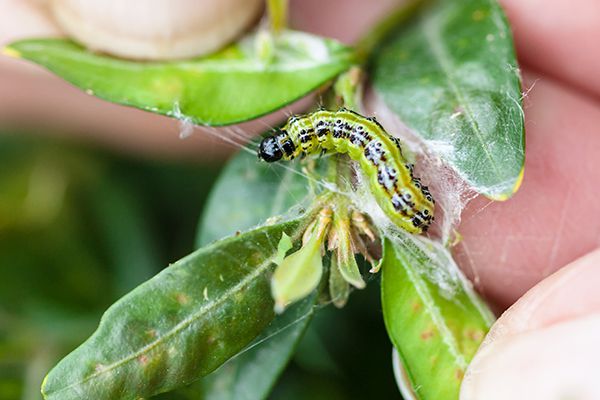Now that winter is over and the weather is starting to warm up, you’re probably starting to countdown to when it’s sunny and hot enough to do more gardening, entertaining, relaxing and playing with family or pets in your backyard.
Unfortunately, the warmer weather does also tend to attract pests, which can be a pain. There are lots of creepy crawlies you might prefer didn’t enter your yard, from mosquitoes and other biting bugs to the creatures that eat your plants, cause a mess or are a nuisance in some other way.
It’s important to be proactive when it comes to keeping bugs at bay. The sooner you start thinking about steps to take, the better. Read on for some key ways you can reduce the number of pests in your yard over the coming months.
Hire Professionals to Help Where Needed
Sometimes no matter how many natural methods you try or how many strategies you implement, you still have pest problem pests that drive you crazy. If this is the case for you, it might be time to call in some experts. There are specialists who provide mosquito services, beetle sprays and various other types of offerings for an affordable fee.
Don’t Leave Pools of Water
Try to avoid having pools of water around in your yard. Mosquitoes particularly are attracted to this, but other bugs are too. If you have clam-shell pools, watering cans, buckets, pots and other containers lying around filled with water, make sure to empty them out regularly.
Also, keep in mind that if you need to water your plants and your lawn, this is best done in the morning. By starting early in the day, you leave time for the soil to dry out by the time night falls, when many critters get out and about.
Don’t Let Lawns Get Too Long
Next, don’t let your lawn get too long. If it’s well-kept, creatures such as beetles, parasites and other insects will be less encouraged to spend time in your yard. They like long grass, fallen leaves and weeds to make their home in, so remove the shelter as often as possible and you’ll reduce their numbers.
Another benefit of mowing regularly and generally keeping your yard free from debris is that doing so enables the soil below to get more water, air and sunlight. This will help the lawn become healthier and thereby be resistant to pest attacks.
GetPest-eating Creatures to Spent More Time in Your Yard
Keep in mind that you don’t want to ban all animals from your yard. In fact, it’s wise to try to get some creatures to spend more time in your yard: those which will eat pests for you! For example, insects like lacewings, spiders, ladybugs, praying mantises, soldier beetles, parasitic wasps, hoverflies and damsel bugs will do a good job of eating up pests if you encourage them to enter your yard. They will feast on insects like aphids, which can cause lots of damage to your plants.
Attract more of the beneficial natural predators into your garden by planting things they like. This list includes mint, dill, sunflowers, dandelion, fennel, daisies, yarrow, carrots, nasturtiums and echinacea, to name a few.
Put in Bug-repelling Plants
Another good way to reduce the number of pests in your yard is to put in bug-repelling plants. That is, plants which will repel the pests you don’t want around. There are certain plants that contain essential oils which pests find horrible and which they’ll avoid as a result.
It pays to place strategically around your yard herbs such as
- Basil, to repel mosquitoes and flies
- Rosemary, to turn off mosquitoes plus a variety of vegetable eating insects
- Thyme, to deter cabbage maggots, corn earworms, whiteflies, tomato hornworms and others
- Lavender, as a no-no for moths, flies, mosquitoes and fleas
- Parsley to ward off asparagus beetles
- Dill to repel aphids, slugs and snails
Also, lots of different ornamental flowers will help keep pests at bay. They can get rid of annoying creatures such as aphids, squash bugs, ticks, Japanese beetles, spider mites, roaches, fleas, whiteflies, cabbage loopers, mosquitoes, asparagus beetles, leafhoppers, tomato hornworms, ants and others. Plant flowers such as petunias, nasturtiums, marigolds and chrysanthemums to do this job.


